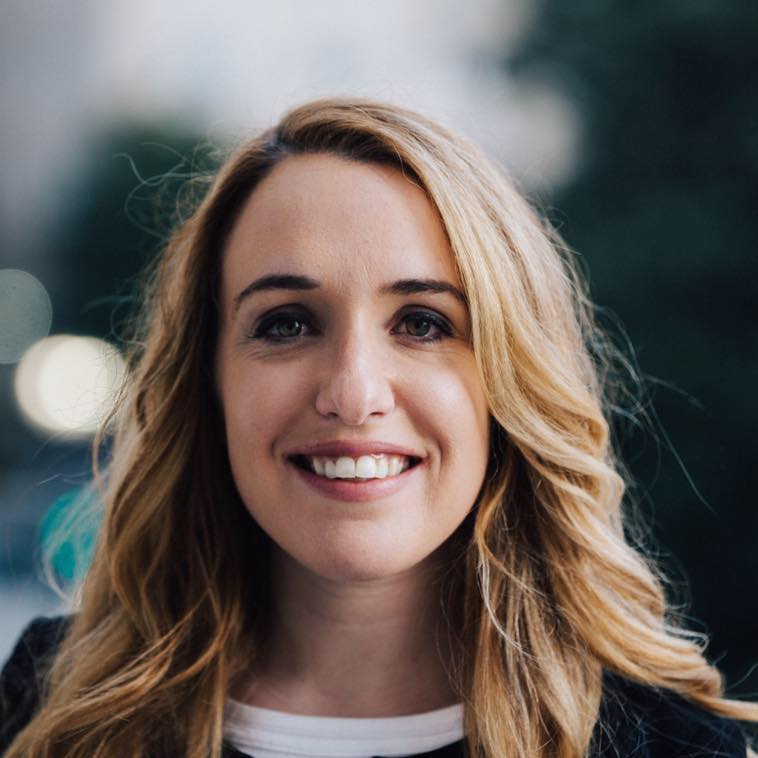Ronald Reagan Washington National Airport has a unique opportunity to attract more customers while boosting the District of Columbia metropolitan area. However, maintaining its outdated slot and perimeter rule risks jeopardizing its regional standing as a transportation powerhouse.
Frequent D.C. fliers could benefit from having more long-distance flight choices.
Since 1966, Reagan National has limited long-haul flights — originally 650 miles, then increased to 1,250 miles in 1986 — landing and taking off from the airport. The 2023 Federal Aviation Administration Reauthorization bill, up for consideration in September, contains a reasonable bipartisan provision to add 28 more in-perimeter and beyond-perimeter flights. In can weigh in since Congress created the Metropolitan Washington Airports Authority, the body overseeing Reagan National and Dulles International airports. Congress’s decision will determine whether Reagan National will be able to compete.
The airport shouldn’t continue to settle for “short-haul” airport status by ceding that advantage to Dulles. Both can accommodate market demand while equally servicing their communities. Reagan National adding more long-haul flights, exceeding 1,250 miles, hasn’t undercut Dulles’ growth and won’t — even with continued expansion.
One Northern Virginia business leader recently observed that the D.C. metro area has embraced “modern transportation improvements” — except at Reagan National. “Imagine our region today if Congress had put similar 1966 constraints on the rest of our transportation network,” she said. “There would be no Metro, Amtrak or Virginia Railway Express. Interstate 95 would still be a four-lane road.”
Not only does Reagan National experience fewer flight disruptions than other major airports, but it is also a heavily underused airport. The Government Accountability Office notes, “There are currently 39 total daily unallocated slots available for commercial airlines at Reagan National … it is also operating well below the 12 maximum authorized hourly reservations for general aviation aircraft.”
The Capital Access Alliance determined the D.C. metro area airports must add, at minimum, 110 additional round trips to the top 25 beyond-perimeter markets to achieve “supply-demand ratio parity” with other large-city airports. This is timely, considering the airport just completed a new commuter concourse.
Between 2017 and 2021, Reagan National underwent a multiyear $1 billion expansion, dubbed Project Journey, that added 14 gates to accommodate 23 million travelers annually. This improvement was lauded as a remedy for higher passenger volumes. It also came with the expectation of servicing a 40 percent increase in security line capacity. The airport runs more efficiently now with seamless check-in counters, improved TSA lines and fewer delays. Why stop innovating here?
Given the success of these expansions, it seems adding 28 nonstop long-distance flights won’t exacerbate delays or cause more interruptions. Should the airport adopt these changes, customers will see cheaper fares and be incentivized to fly from Reagan over its nearby competitors.
The airport languishes from a low supply-demand flight ratio that often forces passengers to connect and pay more for tickets.
If Congress adopts slot and perimeter changes, Reagan National passengers will save between $60 to $75 on a roundtrip ticket — or $500 million in consumer value — on beyond-perimeter flights, closing the supply-demand gap and lowering prices.
The 1,250-mile radius limit forces customers to opt for Dulles or Baltimore-Washington International. These “long-haul” airports may offer more flights, but their inconvenient locations incur more time and added costs for passengers from the D.C. suburbs. Recognizing this, Reagan National should welcome congressional input since Dulles International is the most expensive domestic U.S. airport to travel to and from. Tickets average a whopping $495. In contrast, Reagan National tickets cost $379 on average.
Modernizing Reagan National’s slot and perimeter rules will be an economic boon to fliers and surrounding communities. Existing restrictions are a net negative, resulting in $70 million in lost tax revenue and 5,000 jobs. This is unacceptable.
Forgoing modernization that comes with slot and perimeter reforms would undeniably be a lost opportunity. Much to the chagrin of opponents, adding more long-haul flights is estimated to create 1,000 jobs and generate $400 million for the region.
This reform should be welcomed — not opposed.
Despite some pushback to amending the airport’s slot and perimeter restrictions, support for change is growing, with 57 percent of Northern Virginia residents approving modernization.
Reagan National can further its competitive edge and service immediate communities better by adding more long-haul flights — a win for fliers and the local economy.


